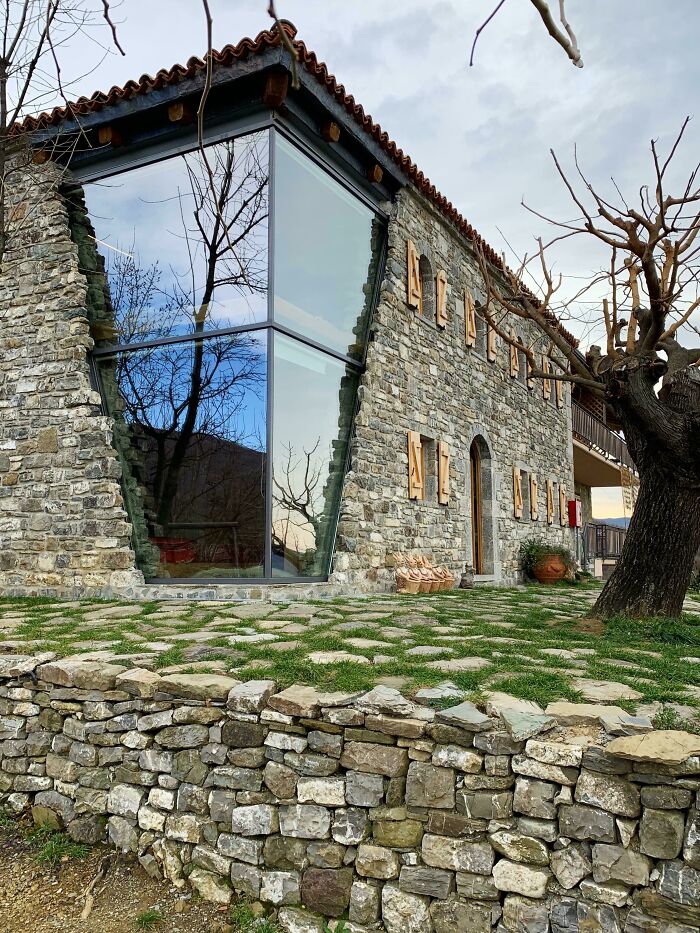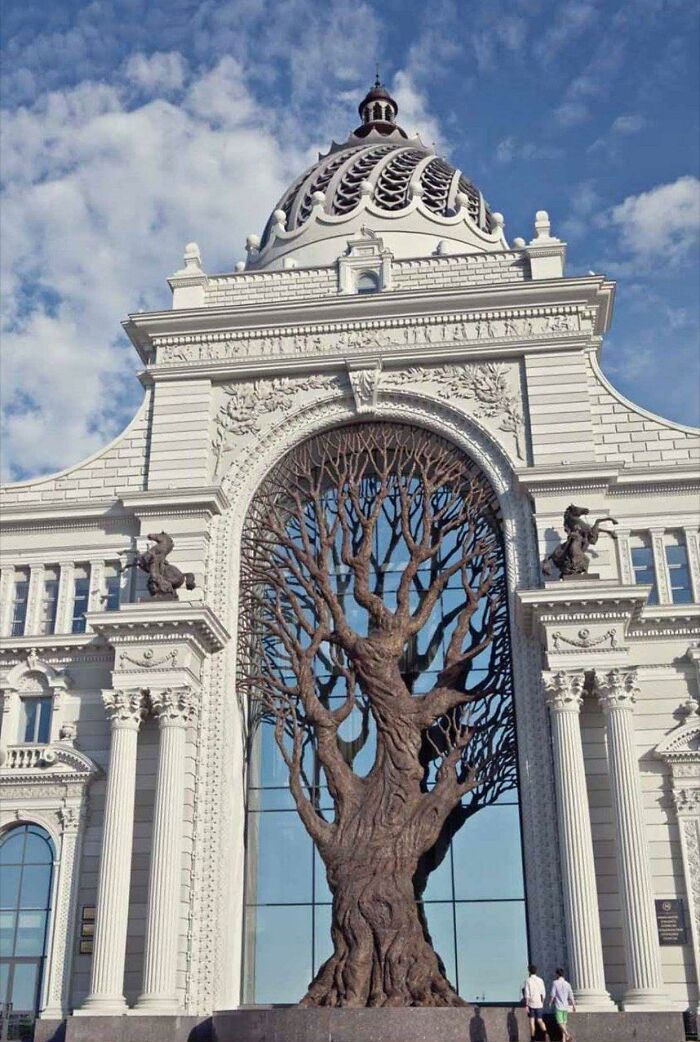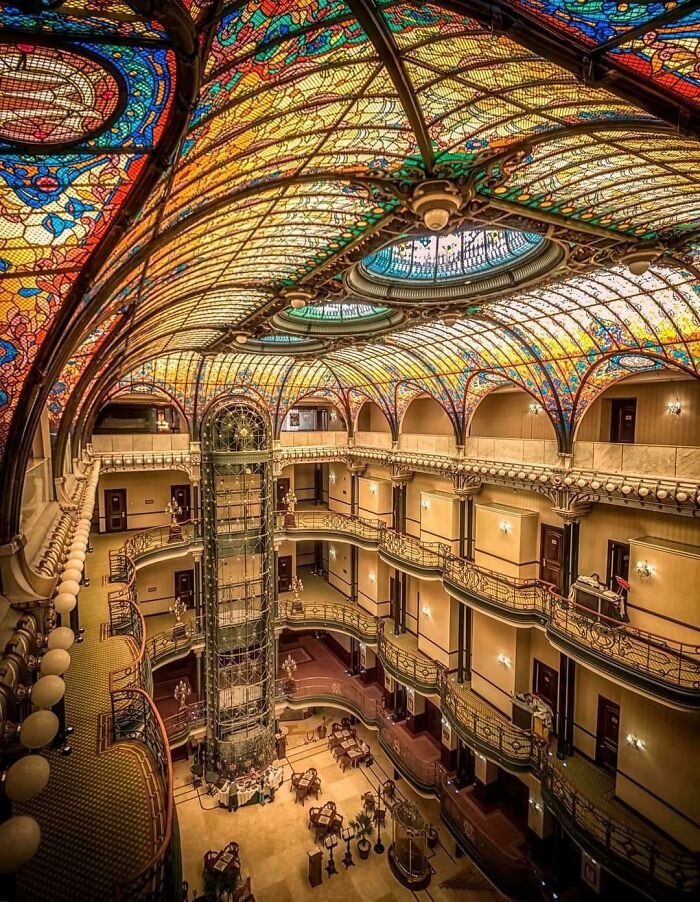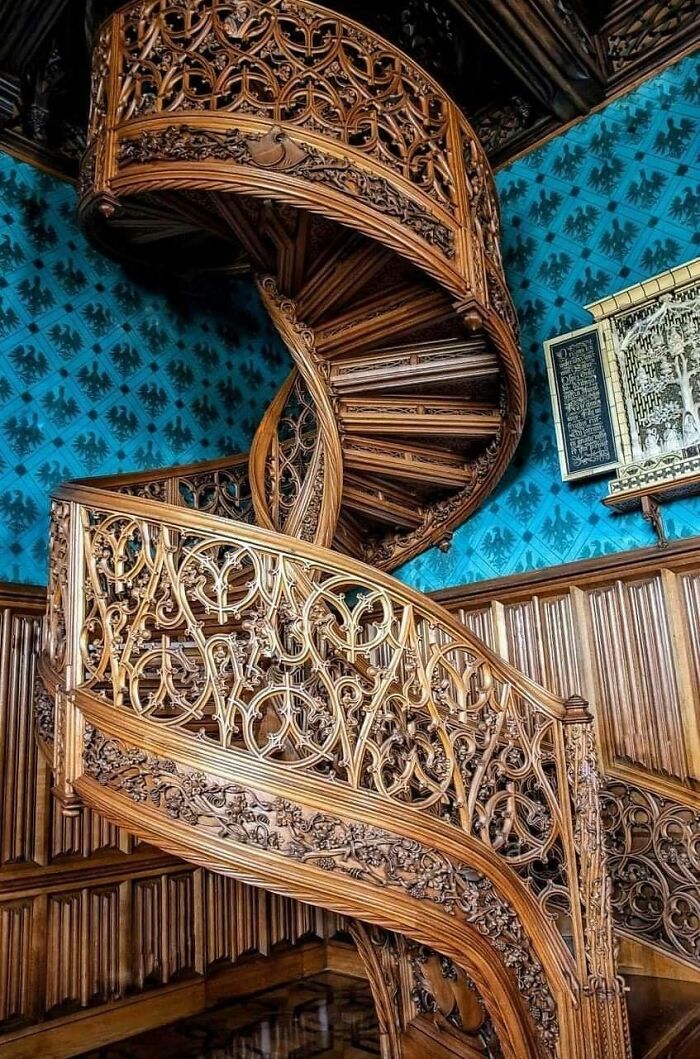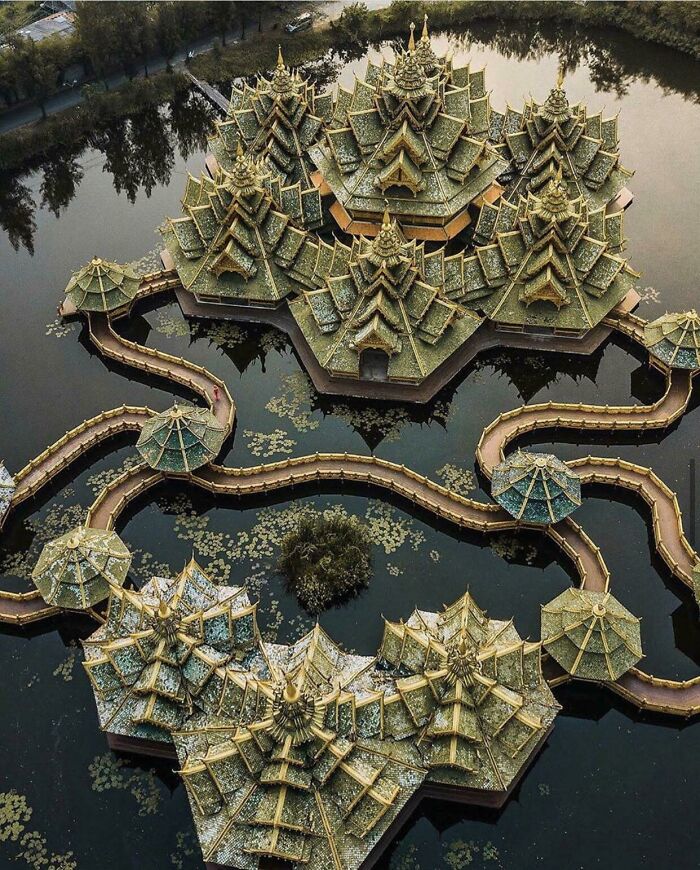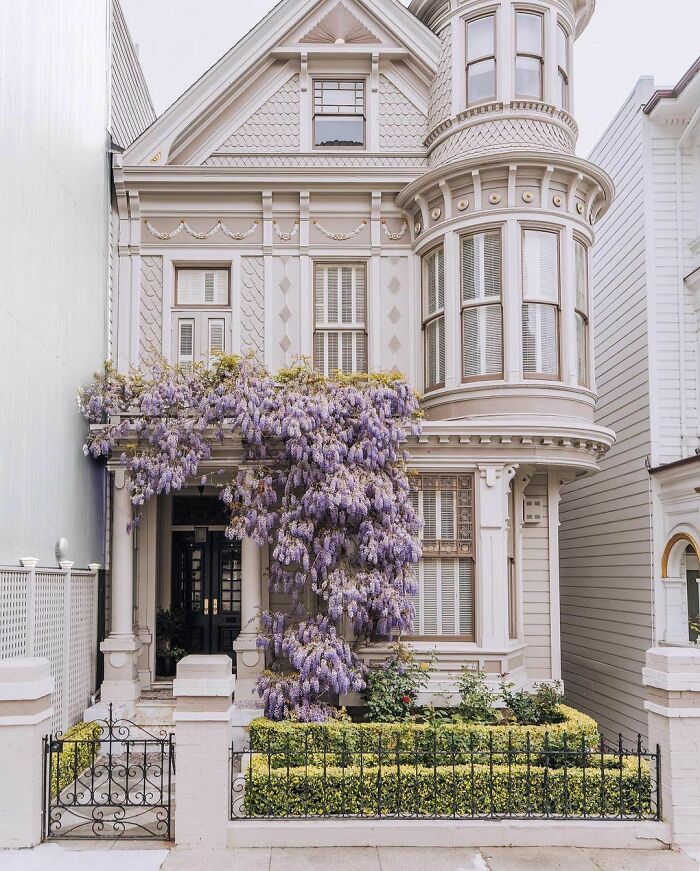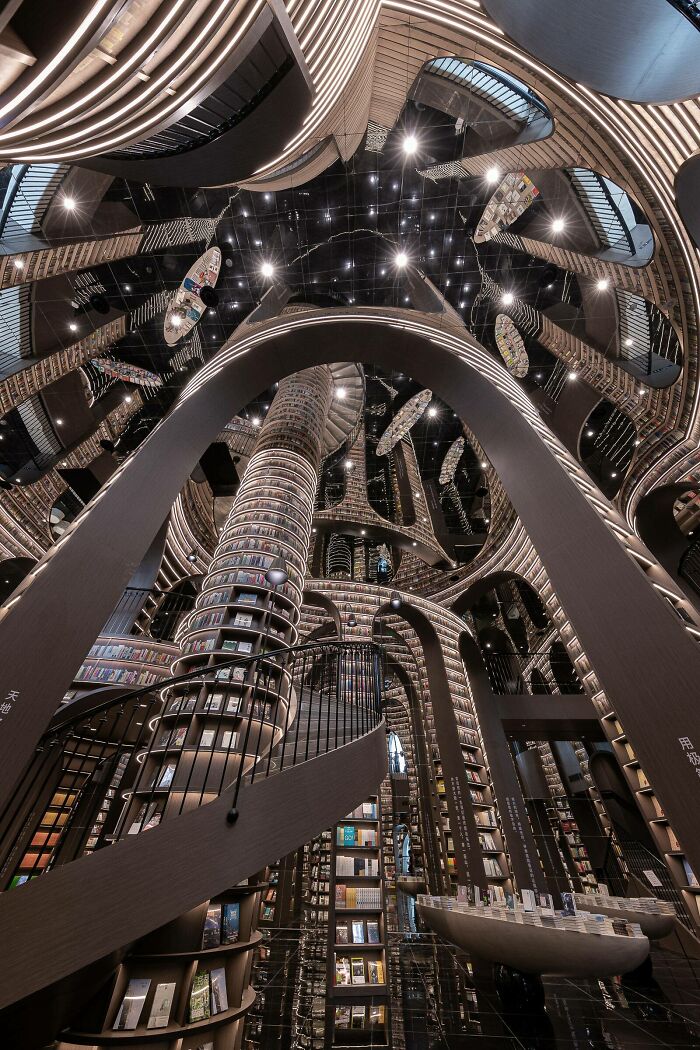
When photographer Felice Beato arrived in Japan in 1863, he found the
country in the midst of civil war. After spending over two hundred years
in seclusion, Japan was being forced by the Americans—under a mission
led by Commodore Matthew C. Perry—to expand its trade with the west. The
country was divided between the Tokugawa Shogunate in Edo and the
Imperial Court based in Kyoto. Over the next decade, a period known as
the Bakumatsu, Japan was riven as the Imperial order gradually took
control. The key moment came when the samurai of the Chōshū and Satsuma
provinces defeated the Shogunate in 1867, which led to the restoration
of imperial rule under Emperor Meiji.
Beato was an Anglo-Italian, born in Venice in 1832, and raised in the
British protectorate of Corfu. He learnt his trade under the renowned
photographic pioneer James Robertson, with whom he traveled to
Constantinople documenting many British imperial wars fought in Crimea,
India and China. Beato’s skill saw him (along with his brother Antonio)
hailed as one of the century’s leading photojournalists.
In 1862, Beato sold most of his photographic work and invested the
money in the London Stock Exchange, where it was quickly lost. The
following year, he decided to quit England and start out on a new
adventure, this time to Japan. On his arrival in Yokohama, Beato set-up a
business with English artist Charles Wirgman, who drew sketches and
engravings based on Beato’s photographs. Travel was dangerous in Japan,
with many of the Shogunate samurai warriors killing westerners—in Edo
the American legation was burned to the ground and westerners threatened
with death. On one occasion, Beato escaped such a fate after declining a
tour of Kamakura with two Imperial officers, who happened across two
masterless samurais (or
ronin) and were beheaded. However,
through his contacts in the military, Beato did manage to travel to many
of the secluded areas of the country, where he documented the last
years of feudal Japan.
Among his first photographs were the portraits of the Satsuma
samurais, who happily posed for him. In one group portrait, four
samurais symbolically show their strength and ambition by presenting
themselves with one standing samurai holding a red book of English
literature and one seated with an unsheathed knife—highlighting their
hold on western knowledge and their strength in Japanese tradition. As
travel became restricted because of the civil war, Beato opened a studio
back in Yokohama, where he photographed many samurai warriors and their
courtesans.








